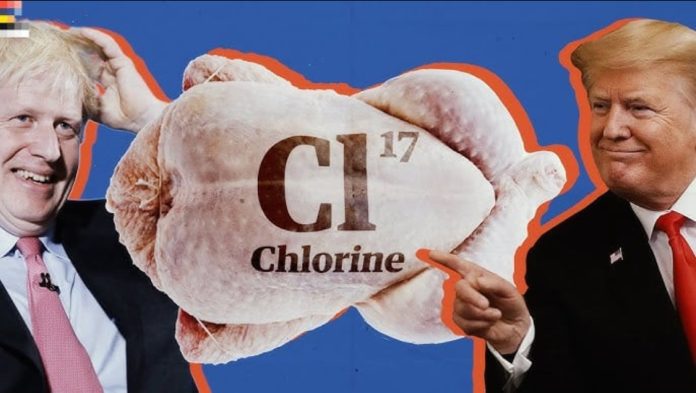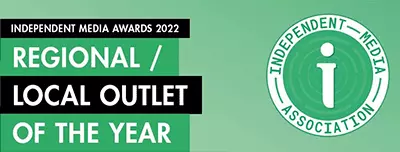What is chlorinated chicken?
“Chlorinated chicken” refers to poultry that’s been washed in a chlorine-based solution (like chlorine dioxide) to kill bacteria such as Salmonella and Campylobacter. This practice is common in the United States, but it’s banned in the European Union.
US vs EU Approach
- US approach: Focuses on treating meat after slaughter to eliminate pathogens.
- EU approach: Focuses on preventing contamination during the farming process (better hygiene, animal welfare, and fewer chemicals post-slaughter).
Is it harmful to eat?
- According to scientific bodies like the WHO, FAO, and EFSA, washing chicken in chlorine is not harmful to humans in the concentrations used.
- The chlorine levels are typically 50–100 parts per million (ppm)—much lower than what would pose a health risk.
So, from a purely scientific and toxicological standpoint, chlorinated chicken is not considered dangerous to human health.
So why the controversy?
- Animal welfare: Some critics argue chlorine washing can mask poor hygiene or poor welfare standards during farming.
- Regulatory standards: The EU worries that allowing chlorinated chicken could undermine stricter farming standards.
- Consumer perception: People are wary of anything that sounds “chemical”—even if it’s technically safe.
Summary:
- Health risk? Not really. Chlorinated chicken is safe to eat based on current evidence.
- Why the ban in the EU? It’s more about food system philosophy, animal welfare, and consumer trust than direct toxicity.
To report this post you need to login first.







